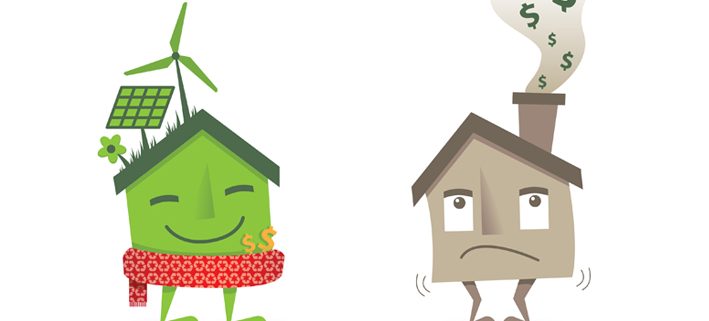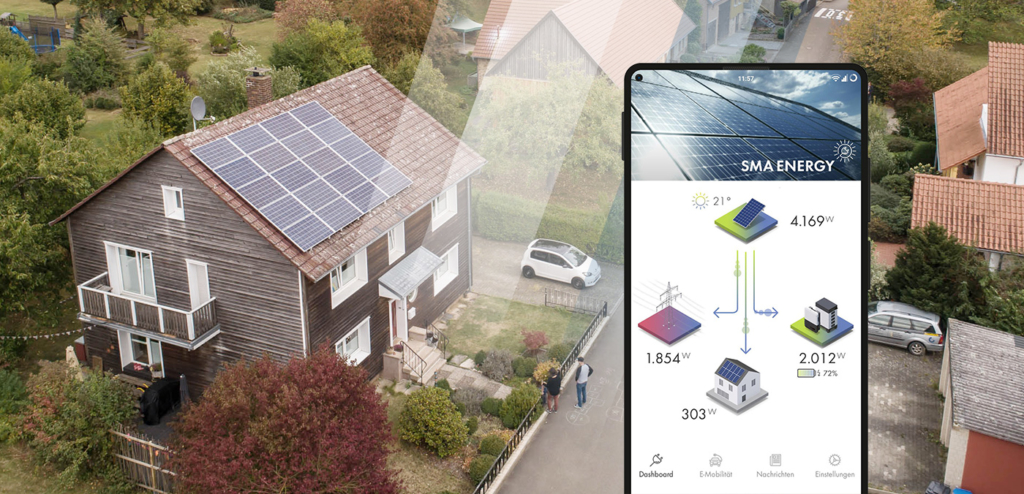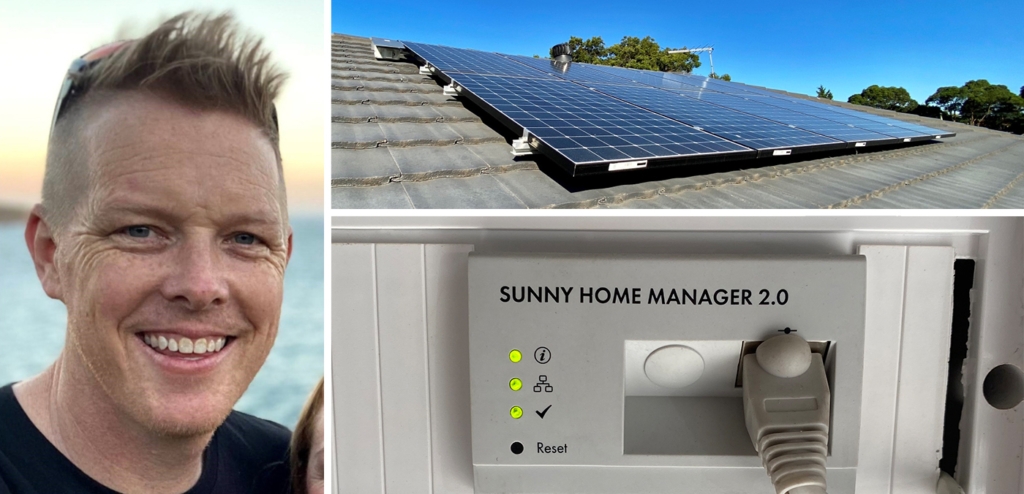Thermal Regulation and Photovoltaics – The French Model

France has a lot of catching up to do when it comes to the energy efficiency of buildings. The following two facts make it clear: 42.5 percent of energy is consumed by the global building sector; and French households spend an average of €900 per year on heating bills. The French government reacted to these issues by setting a new goal to reduce energy consumption in buildings. In 2009 a series of laws came into force. With the aim of increasing building efficiency, these new regulations set three major milestones.
- 2005: 150 kWh/m2/year
- 2012: 50 kWh/m2/year
- 2020: energy positive buildings
Going down from 150 kWh/m2/year to 50 kW/m2/year is a great leap forward for homebuilders. This would be equivalent to requiring car manufacturers to produce new cars with a fuel consumption of less than 2.5 l/100 km.
For photovoltaics, this is the opportunity to develop from an investment only product to a true and sustainable solution in the design and renovation of buildings.

A 4,000 m² passive building in a suburb of Paris houses various government offices. It represents an energy positive building thanks to a PV system equipped with four Sunny Tripower 17000TL inverters with a total power output of 58.9 kWp.
Big Opportunity for PV in France
The SMA France Building Solutions team saw a big opportunity in the Thermal Regulation (RT2012), offering photovoltaics as a flexible solution to reach the goals. PV production will lead to the reduction in energy consumption. For example, a planning office designs a house as optimally as possible to meet the target of 50 kWh/m2/year – strong insulation, envelope water tightness, structural inertness, adjacent housing, orientation, etc. If the standard RT2012 calculation still shows an energy consumption of 55 kWh/m2/year, with PV the architect has an additional tool to produce 5 kWh/m2/year, which counts as a deduction and therefore helps to reach the target.
A Broader View on House Building and Energy Regulation
To understand the specifics of this law and the potential for PV, the trick is not to focus solely on PV but rather to have a broader view on house building and energy regulation. That is what the SMA France Building Solutions team did. They have developed a broad range of networks among house building companies, planning offices and architects.
SMA France Solution Portfolio
Thanks to this unique approach, SMA France succeeded in designing an ideal solutions portfolio to meet the requirements of today’s building industry.
- Solution 1
The goal is to precisely offer a solution that meets the requirement of the building efficiency law by: a) locally producing renewable energy and b) adding up to 12 kWh/year/m2 of renewable energy, which can be added to top limit of 50 kWh/m2/year of energy consumption. With this concept, only two micro inverters and modules are necessary. In this model, the PV system operates in self-consumption mode thus reducing the costs related to grid connection.
- Solution 2
An additional return on investment. By increasing the installed power, the homeowner can also benefit from the feed-in tariff generated by the PV system. This is a typical 3 to 5 kW plant with an SMA string inverter for maximum yield.
- Solution 3
The final and most forward-thinking approach provides a larger-scale PV plant with power output of above 6 kW, which would transform the house into a passive building. This is in order to anticipate the upcoming trends and market regulation. Indeed, the government already has a preliminary plan for enforcing building efficiency. By 2020, buildings will be required to produce more energy than they consume.
- Add-Ons
In addition to PV inverters, monitoring systems such as Sunny Home Manager are playing a key role. In the world of building and building efficiency – tracking, monitoring systems and accounting are of great importance. The end user must be informed of the energy flow in home.
PV Integration Already in the Planning Phase
SMA France Building Solutions team can approach planning offices with SMA solutions. By entering into partnerships with specialized wholesalers who have direct access to the top homebuilders, we can ensure that photovoltaics is integrated into the planning phase before the actual construction of the building takes place.
Sunny Prospects
This opens up a market opportunity of 400,000 homes each year in France. France has developed from a pioneer to a global market leader in this field. Without a doubt, its neighboring countries will adopt similar methods. For photovoltaics, this opens a whole new world of opportunities in the field of building efficiency and smart home technology.
Criteria for Thermal Regulation RT2012 (Réglementation thermique)
- Bioclimatic requirements (Bbio)
This indicator characterizes how the building design impacts energy performance. Expressed in points, the Bbio values must be lower than a Bbiomax level.
- Primary energy consumption (Cep)
This indicator limits the primary energy consumption in the building (central heating, cooling, lighting, domestic hot water production), estimated at approximately 50 kWhEP/m2/year (Cmax). Cmax varies according to the geographical location, altitude, purpose of use, average surface area of the building and its greenhouse gas emissions.
- Temperature regulation in Summer (Tic)
The buildings must guarantee a suitable interior temperature (Ticref), which must not to be exceeded even after five consecutive very hot days.
- Use of at least one renewable energy source



Solar panel is really is really useful.